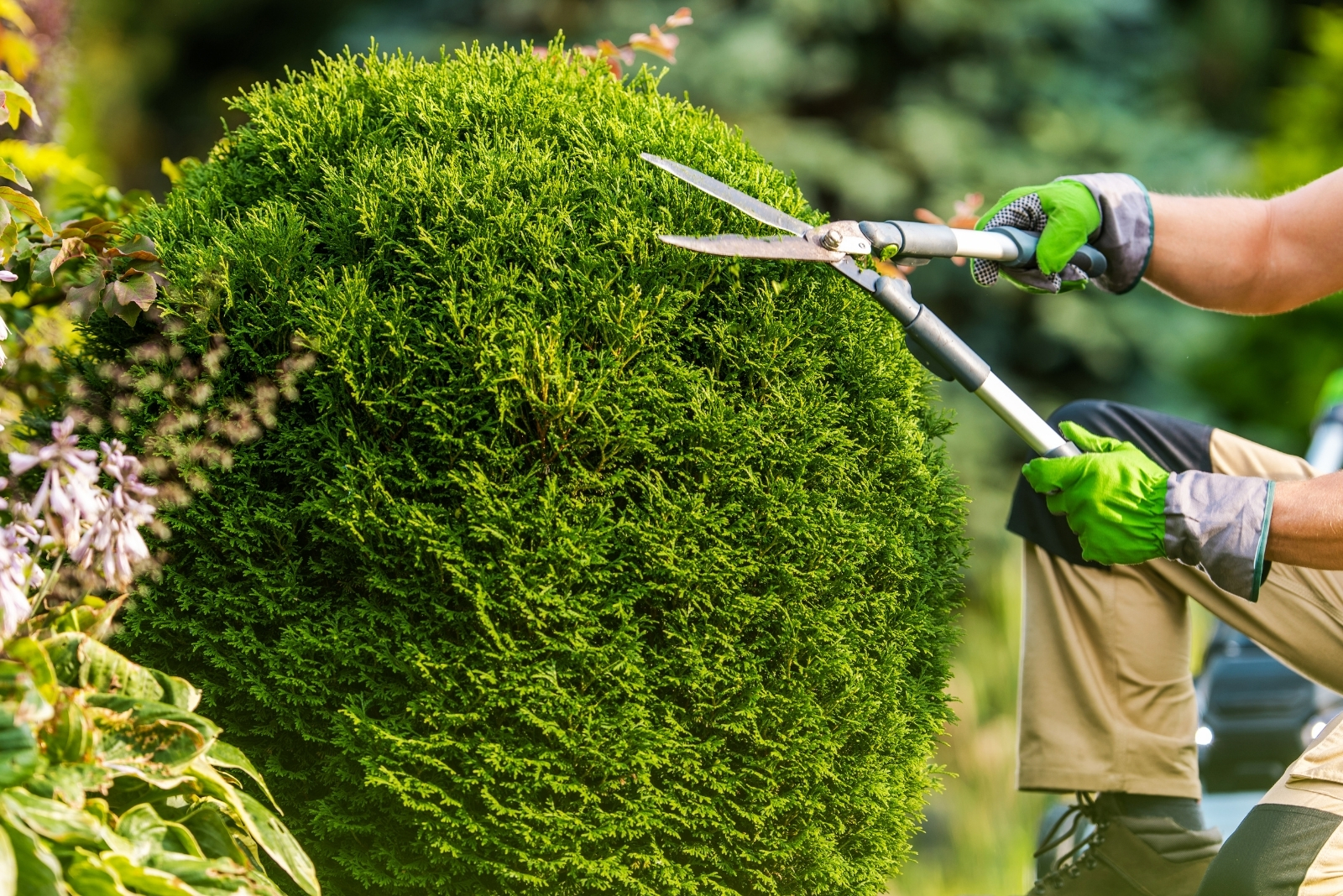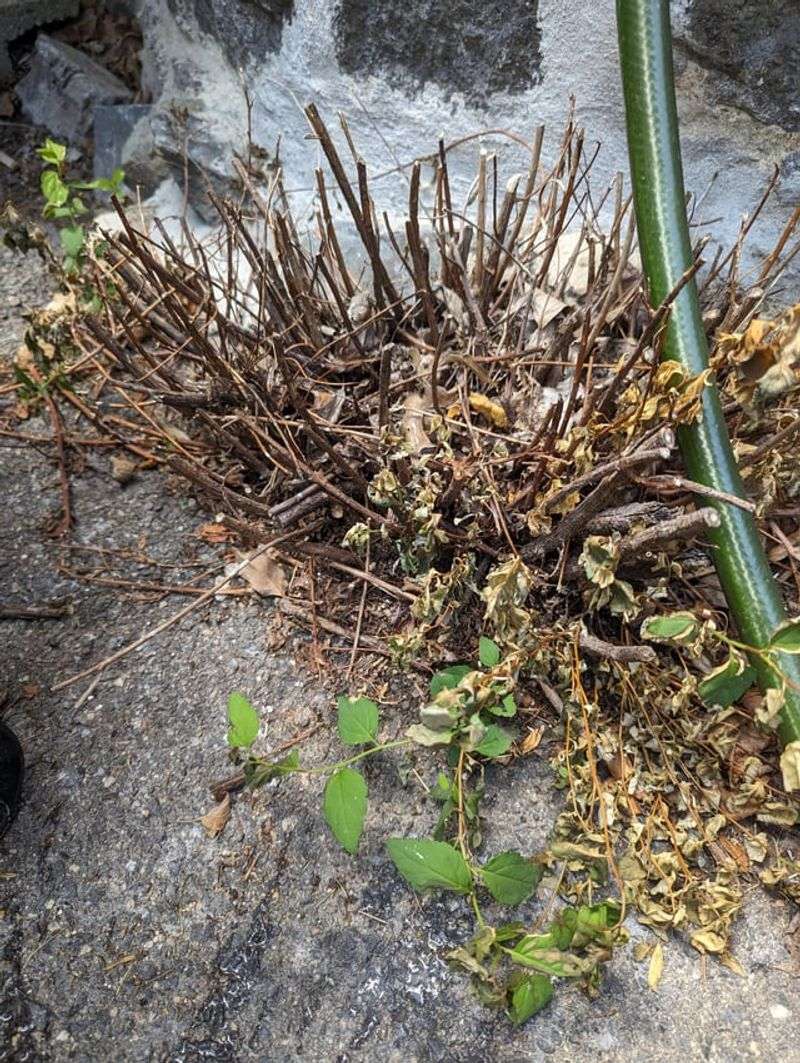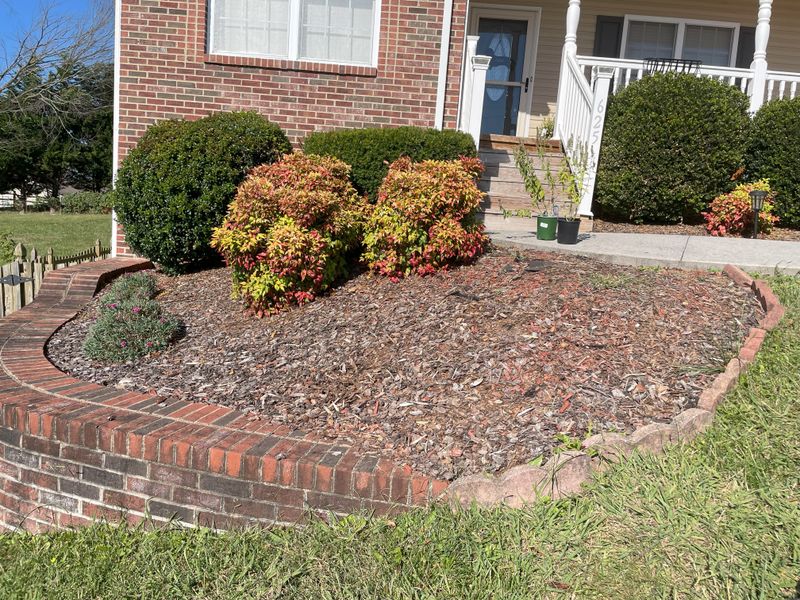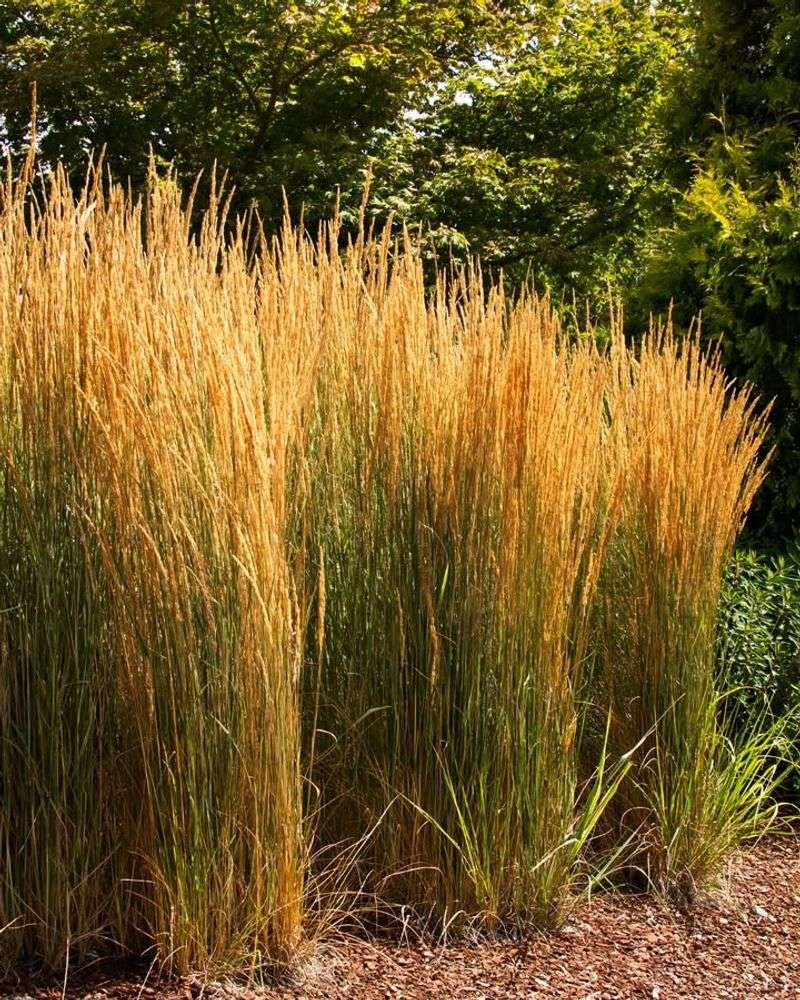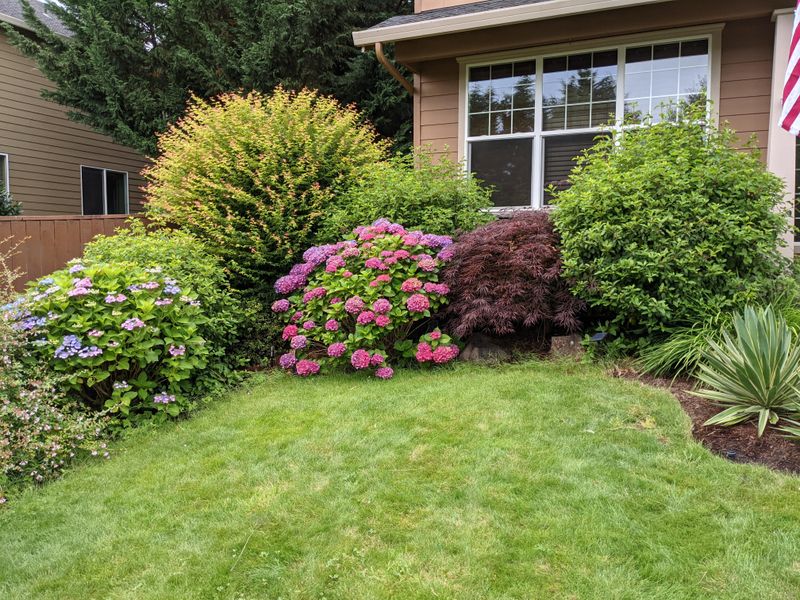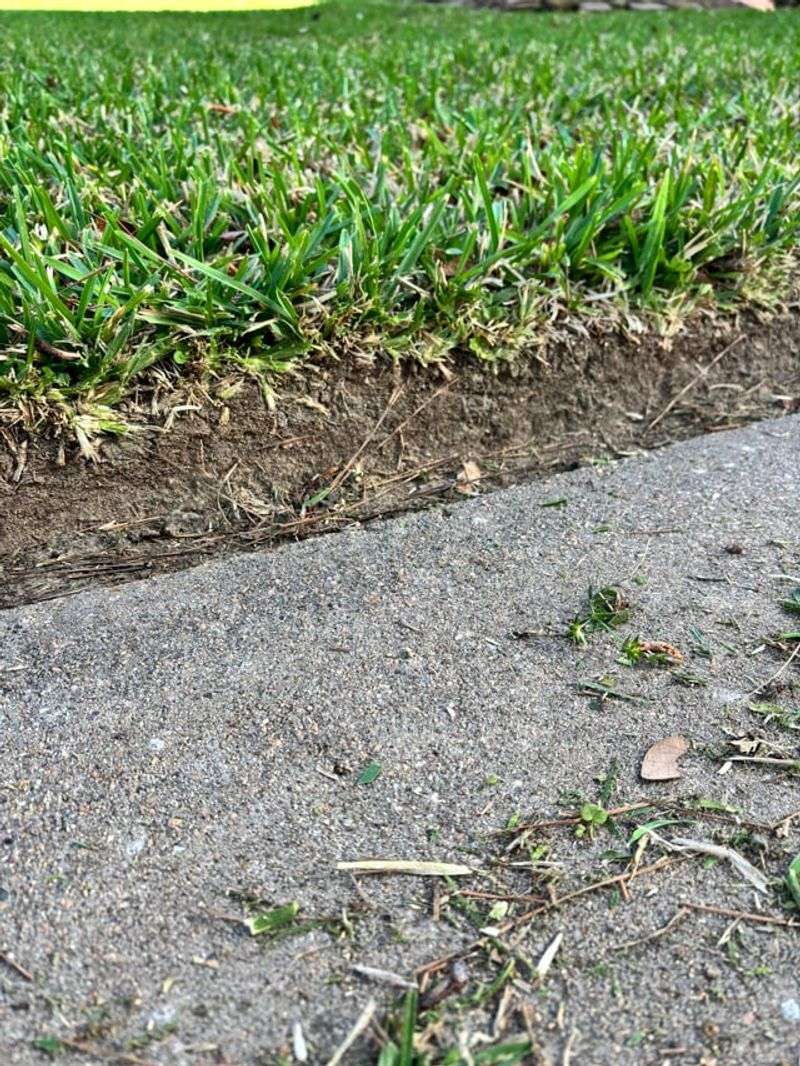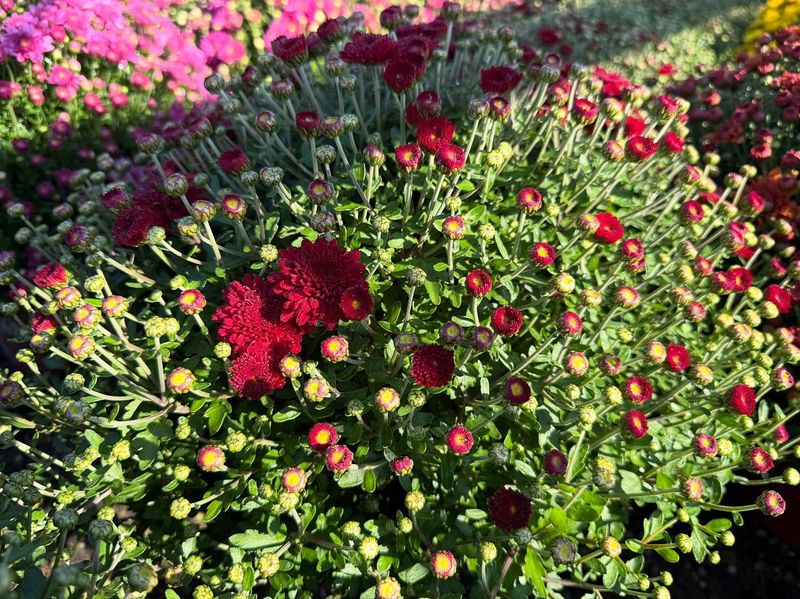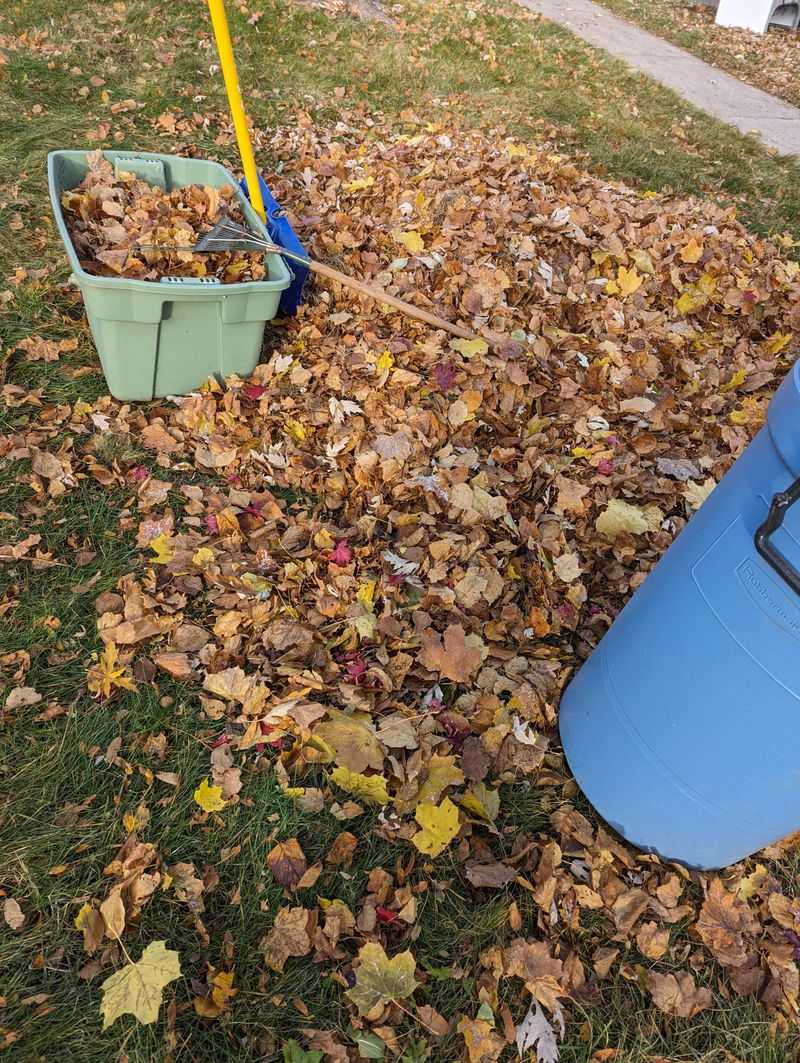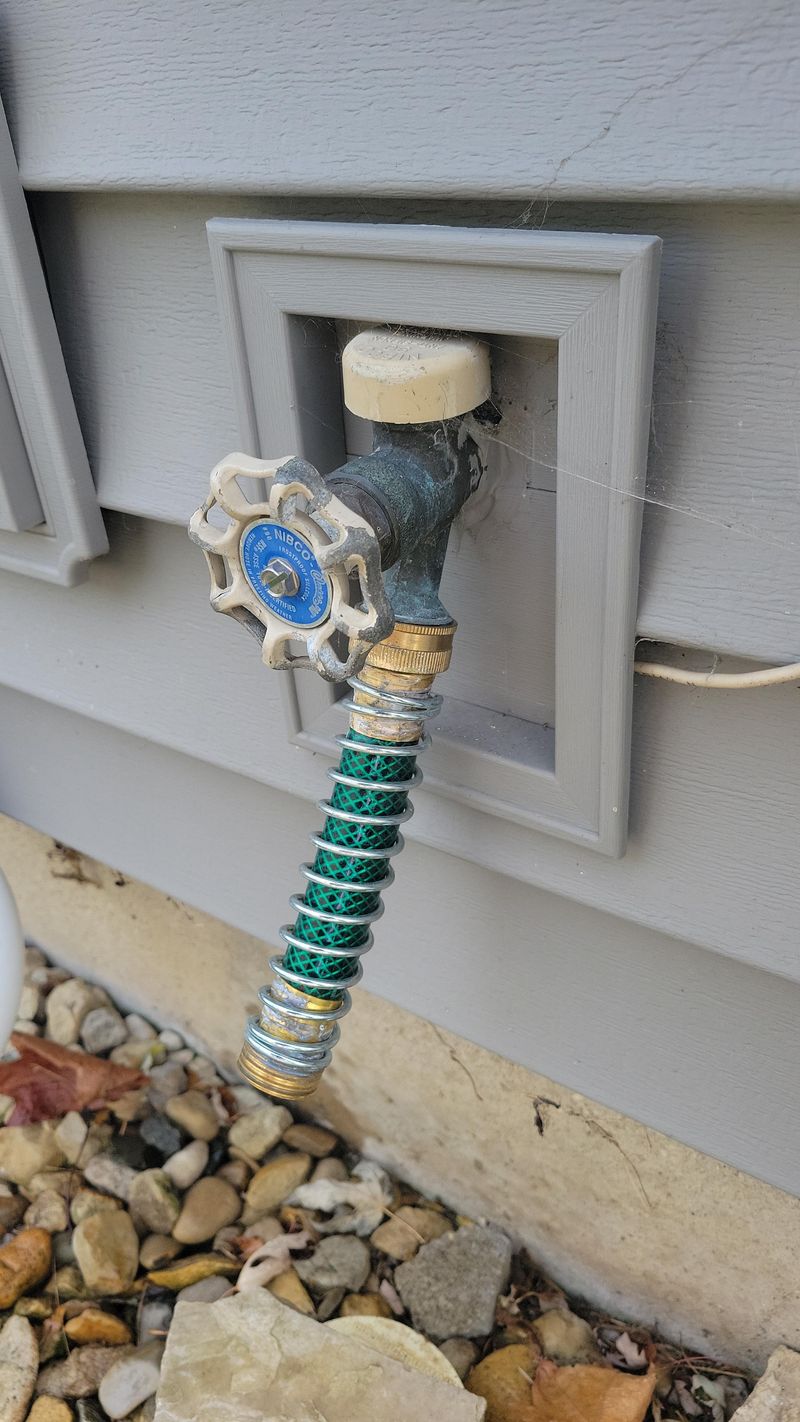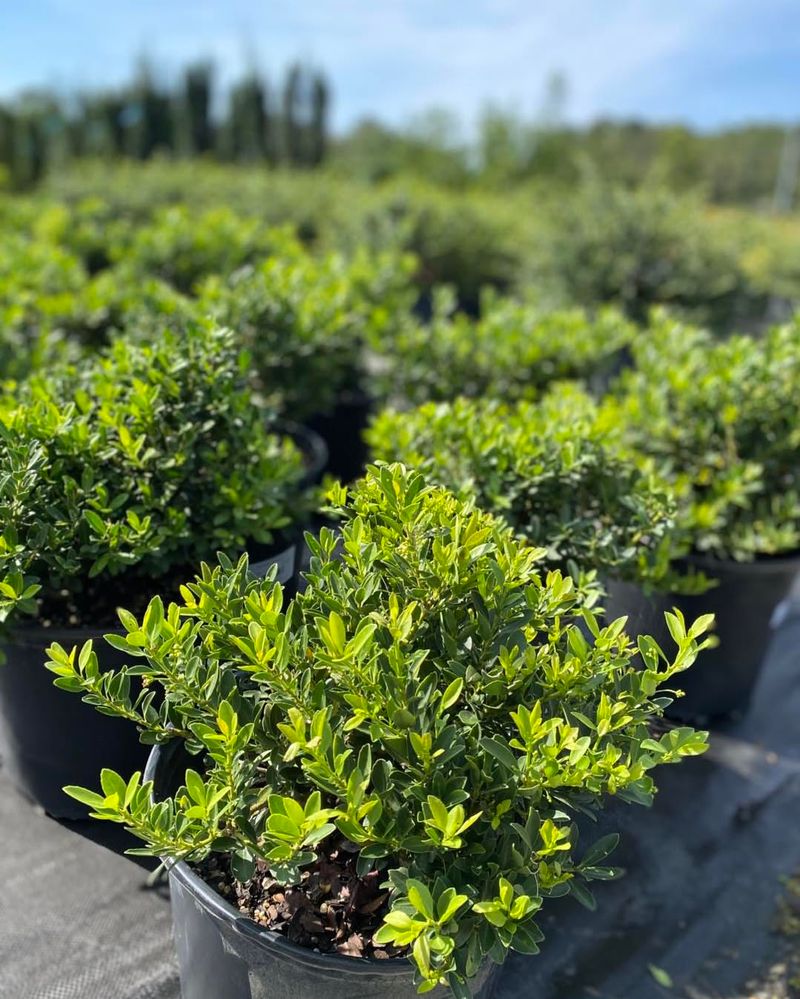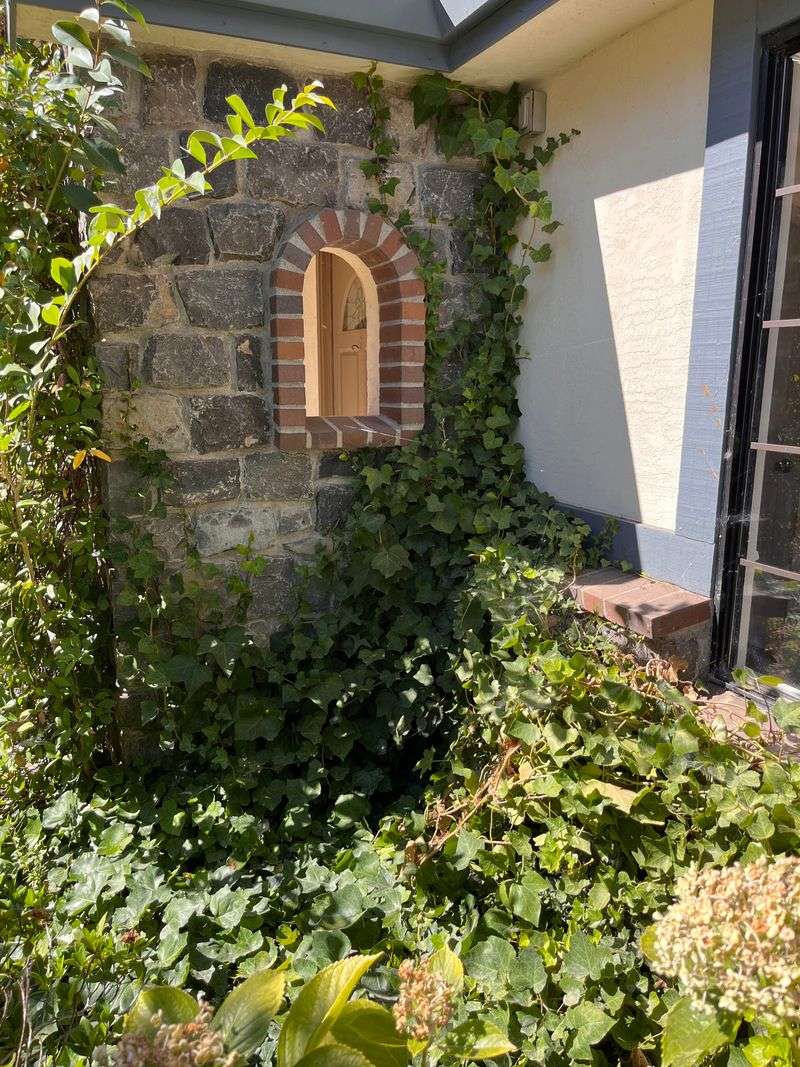Fall in Illinois is all about getting ready for colder days ahead. But some common gardening habits can actually push your heating bill higher.
A few small oversights outside can sneakily affect what happens inside your home. Here are ten gardening mistakes to avoid if you want to keep those heating costs down.
1. Leaving Dead Plants Against Your Foundation
Dead vegetation stacked against your home creates gaps where cold wind can sneak through. Many Illinois homeowners forget to clear out their flower beds before winter hits.
Decomposing plant material also holds moisture against your foundation walls, which can freeze and create tiny cracks. Cold air finds these openings and rushes straight into your basement or crawl space.
Remove all dead annuals and cut back perennials at least six inches away from your foundation before the first freeze arrives.
2. Skipping Mulch Around Foundation Plantings
Bare soil around your foundation shrubs acts like a highway for cold air to reach your home. Proper mulching creates an insulating barrier that keeps ground temperatures more stable throughout Illinois winters.
Without this protective layer, the ground freezes faster and deeper, pulling heat directly from your basement walls. Your heating system compensates by running longer cycles to maintain comfortable indoor temperatures.
Apply three to four inches of shredded bark mulch around foundation plants, keeping it slightly away from siding.
3. Planting Tall Grasses Too Close to Windows
Ornamental grasses look beautiful swaying in autumn breezes, but planting them right under windows blocks natural solar heating. Sunlight streaming through south-facing windows can warm your Illinois home for free during fall and winter months.
When tall grasses obstruct this passive heat source, your furnace picks up the slack. Position ornamental grasses at least three feet away from windows to maximize winter sun exposure while still enjoying their seasonal beauty and movement.
4. Neglecting to Trim Overgrown Shrubs
Overgrown foundation shrubs create pockets of stagnant air against your exterior walls. These dead air zones trap moisture and cold temperatures right where you need warmth the most.
Illinois gardeners often let their shrubs grow wild through summer, forgetting that fall trimming prevents winter energy loss. Branches touching your siding also provide bridges for cold to conduct directly into your home structure.
Trim shrubs back so they sit at least twelve inches from your walls and below window sills.
5. Ignoring Gaps in Landscape Edging
Broken or missing landscape edging allows soil to wash away from your foundation during fall rains. When soil settles and creates gaps, cold air channels form that lead straight to your basement walls.
Many Illinois homeowners overlook this simple detail until winter heating bills arrive. Proper edging keeps soil pressed firmly against your foundation, eliminating these energy-wasting air pathways.
Inspect and repair all landscape edging before winter, filling any settled areas with compacted soil to maintain continuous contact with foundation walls.
6. Watering Foundation Plants Too Late in Season
Excessive watering near your foundation in late fall seems helpful, but it backfires when temperatures drop. Saturated soil conducts cold far more efficiently than dry soil, pulling heat from your basement like a sponge.
Illinois experiences unpredictable fall weather, and overwatered areas can freeze solid against foundation walls. Stop watering foundation plantings after mid-October unless you experience an unusually dry spell.
Let soil dry out naturally before winter to create better insulation around your home’s perimeter and reduce heat transfer through walls.
7. Piling Leaves Against Your House
Raking leaves into tidy piles against your house seems convenient, but creates serious insulation problems. Wet leaf piles compress into dense mats that hold freezing moisture directly against your siding and foundation.
Cold transfers through this soggy barrier much faster than through air, essentially refrigerating your exterior walls. Illinois autumn rains make this problem even worse, keeping leaf piles perpetually damp.
Always rake leaves away from your foundation and dispose of them properly or compost them in a designated area far from your home structure.
8. Forgetting to Disconnect Garden Hoses
Connected hoses trap water in your outdoor faucets, which can freeze and crack pipes running inside your walls. When pipes burst, you lose heated air through the gaps, and repair costs dwarf any heating bill increase.
Even if pipes don’t burst completely, frozen water in supply lines creates cold spots that radiate through walls into living spaces. Illinois winters arrive quickly, catching unprepared homeowners by surprise.
Disconnect all hoses by early November, drain outdoor faucets, and install insulated covers for maximum protection against freezing temperatures.
9. Planting Evergreens on the South Side
Evergreens on your home’s south side block valuable winter sunlight year-round. While deciduous trees drop their leaves and allow sun through, evergreens maintain their shade even when you need solar warmth most.
Illinois homes benefit tremendously from southern sun exposure during cold months, reducing heating demands naturally. Strategic placement matters more than most gardeners realize when planning long-term landscaping.
Plant evergreens on north and west sides where they block cold winds instead, saving southern exposures for deciduous trees or low shrubs that won’t obstruct winter sun.
10. Allowing Vines to Climb Exterior Walls
Climbing vines may look charming, but they trap moisture against your siding and create thousands of tiny air pockets. During Illinois winters, these pockets fill with cold air that slowly penetrates your walls, degrading insulation performance.
Vine tendrils also damage siding, creating actual holes where heated air escapes. Remove climbing vines from walls before winter arrives, though you can train them onto separate trellises positioned away from your home.
Clean walls dry faster and maintain better thermal barriers than vine-covered surfaces throughout the heating season.

